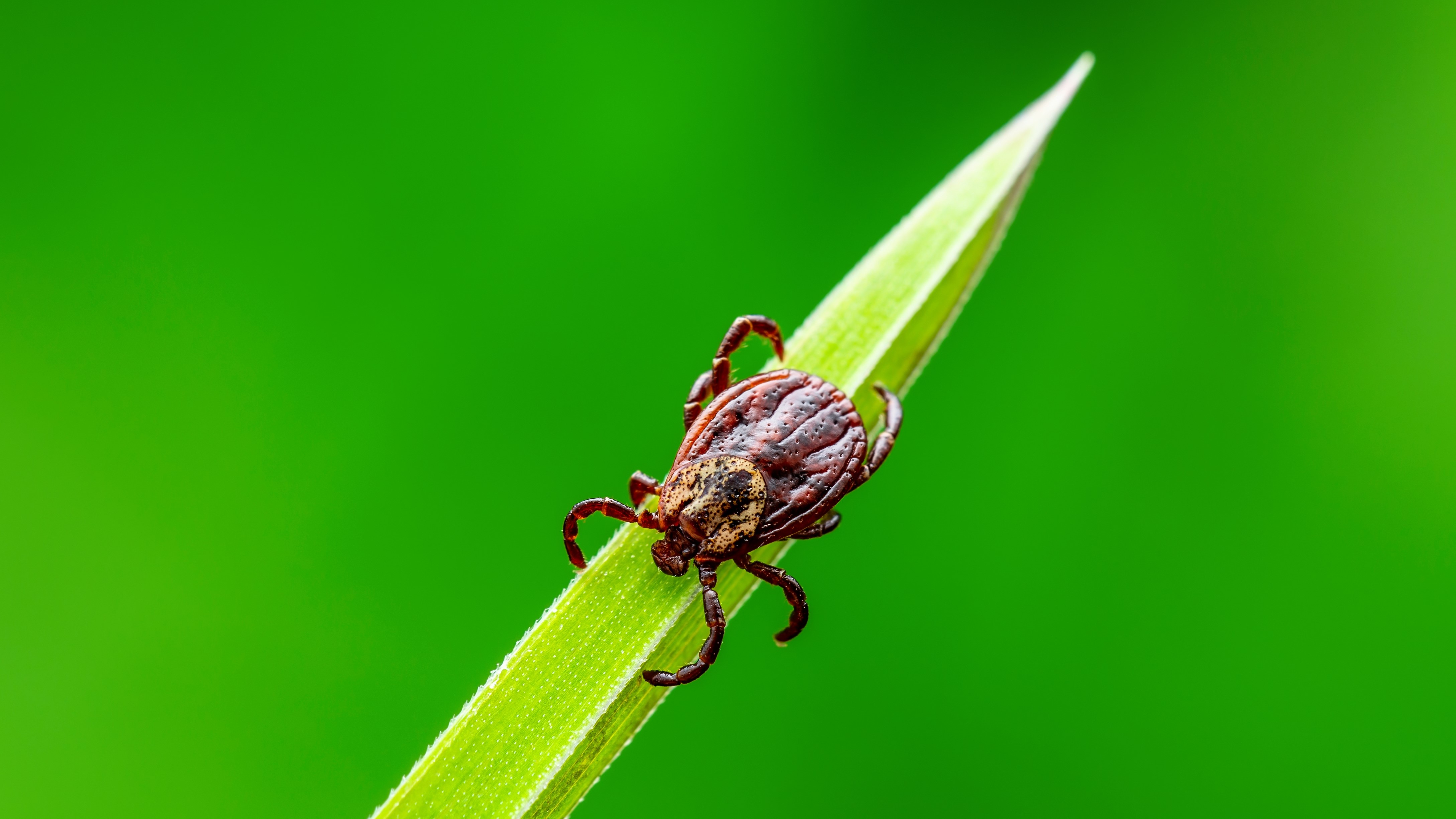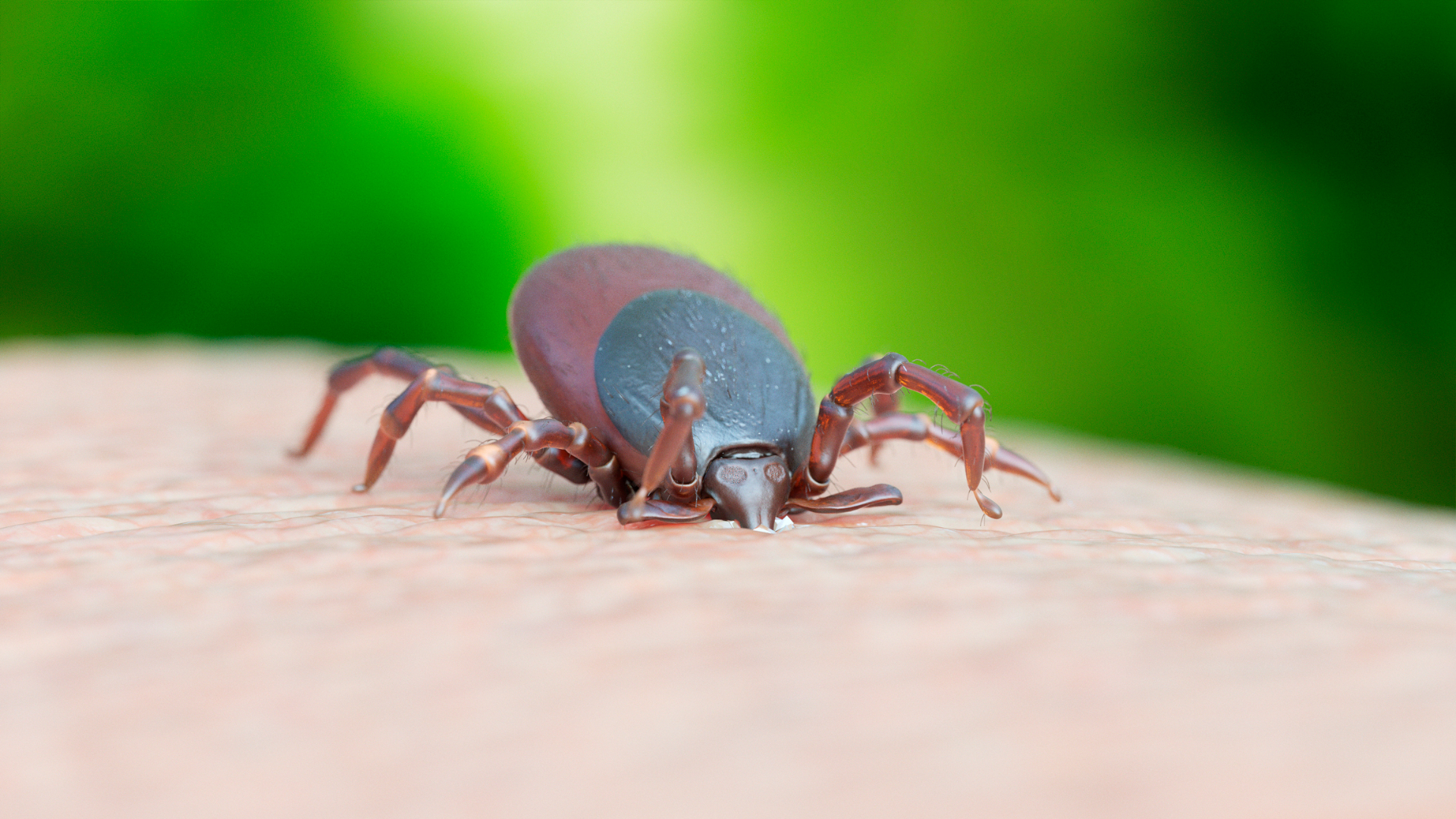How to remove a tick safely
Knowing how to remove a tick and doing it immediately is vital for reducing your exposure to tick-borne illnesses

Do you know how to remove a tick? With tick populations on the rise and more of us enjoying the outdoors than ever before, the chances of discovering one of these blood-sucking little arachnids burrowed into your skin after a day in the wild seem disconcertingly high right now. If you do find one enjoying a buffet on your body, don’t panic – knowing how to remove a tick and doing it quickly is an effective means of reducing your exposure to tick-borne illnesses.
Ticks are parasitic arachnids found in every continent. Just like us, they enjoy areas with dense vegetation, such as woodland and grasslands. They can’t fly, so to travel they latch on to their host as it brushes by and then stay there for hours or days having a feast. Usually, the unlucky host will be a deer or a rabbit, but sometimes it’s the succulent-looking leg of an unsuspecting hiker. The vast majority of tick bites are nothing to worry about, but it’s important to know that some ticks do carry and transmit illnesses that pose a potential health risk to humans, such as Lyme disease and Rocky Mountain Spotted Fever.

If you're venturing into tick terrain, you’ll want to read our detailed article on how to avoid ticks and take preventative measures such as wearing one of the best base layers with long sleeves, and investing in one of the best insect repellents. For this piece, we are focusing on how to remove a tick if you get bitten by one.
According to the Centers for Disease Control and Prevention, your risk for contracting Lyme disease from a tick is very low if it is attached to your skin for less than 36 hours, so it's worth checking your skin thoroughly for ticks after you’ve been adventuring in the wild, and if you find one, you should remove it immediately.
Though it is true that a tick will eventually detach itself, absolving you of the slightly gruesome task of pulling it out, leaving it in increases your chances of contracting a tick-borne illness and of the tick going on to lay eggs in your home.
How to remove a tick
1. Use tweezers
Don’t try pulling the tick out with your fingers – you want to reduce the risk of bursting the tick on your skin, which increases your exposure to germs. Instead, use a pair of clean tweezers and grasp the tick as close as you can to your skin.
2. Pull it straight out
Using steady, even pressure, pull the tick straight out. Don’t twist or wiggle the tweezers – this can cause the tick to rupture or the mouth-parts to break off and remain in your skin. If this does happen, try to remove the mouth-parts with the tweezers. If you cannot do so easily, leave them alone and let your skin heal naturally.
Advnture Newsletter
All the latest inspiration, tips and guides to help you plan your next Advnture!

3. Clean the affected area
After you have removed the tick, it is important to clean the affected area thoroughly. Use rubbing alcohol or another disinfectant to ensure proper hygiene.
4. Dispose of the tick properly
This step is very important to avoid the tick laying eggs or just burrowing back in for another feast. If you’re at home, the best means of disposal is to just flush the little mite down the toilet. If you’re still out in the wild, place it in a sealable bag. You can also place a tick in alcohol or wrap it tightly in tape.
Finally, if you develop a rash or fever within a few weeks of a tick bite, call your healthcare provider.
How to spot signs of Lyme disease
According to the Mayo Clinic, the earliest sign of Lyme disease is typically a small red bump that appears where you were bitted by a tick. This will usually fade by itself, but keep an eye on it. If you notice an expanding red area (which may clear in the center to form a 'bullseye' shaped rash), then it's time to speak to your doctor.
Not everyone with Lyme disease gets the characteristic rash. If you're unlucky enough to have contracted the disease, you may also find that you have a fever or chills, a headache, a stiff neck, or swollen lymph nodes.
As the NHS explains, if you don't seek treatment quickly, you may also start to notice pain and swelling in your joints, nerve problems (such as pain or numbness), difficulty remembering or concentrating, and even heart problems.
How Lyme disease is treated
If your doctor suspects that you may have Lyme disease, you'll be prescribed a course of antibiotics. As Johns Hopkins Lyme Disease Research Center explains, this will either stop the bacteria that cause the disease from multiplying, or destroy them. Your doctor will advise you on what to expect, and help with any side effects or lasting symptoms.
Julia Clarke is a staff writer for Advnture.com and the author of the book Restorative Yoga for Beginners. She loves to explore mountains on foot, bike, skis and belay and then recover on the the yoga mat. Julia graduated with a degree in journalism in 2004 and spent eight years working as a radio presenter in Kansas City, Vermont, Boston and New York City before discovering the joys of the Rocky Mountains. She then detoured west to Colorado and enjoyed 11 years teaching yoga in Vail before returning to her hometown of Glasgow, Scotland in 2020 to focus on family and writing.
- Cat EllisEditor

